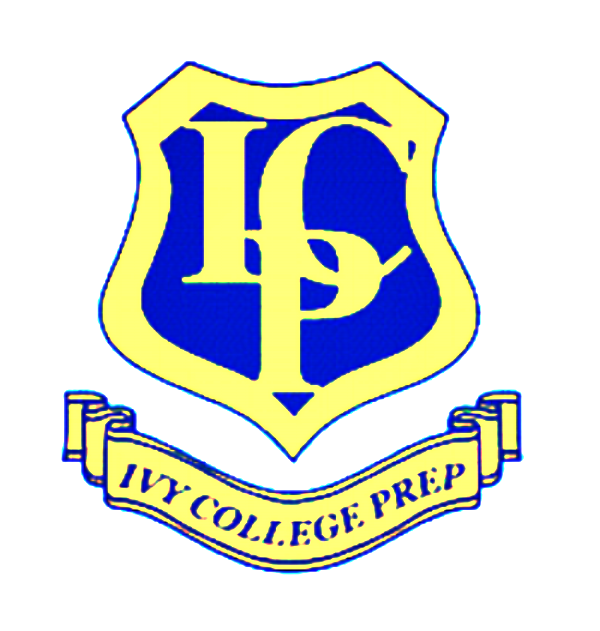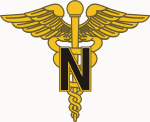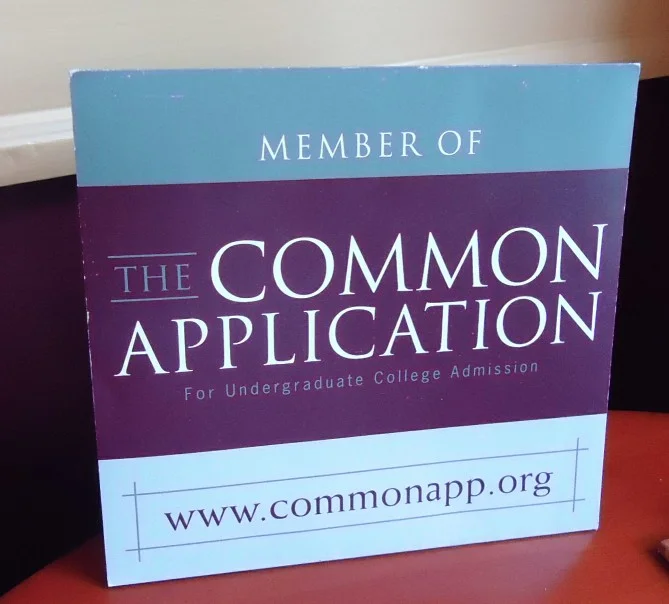Nursing is the third most popular college major, which isn’t a surprise when you consider the profession contains over 2.9 million registered nurses (RNs), who outnumber physicians four to one, and who, on average, earn just under $62,000 annually. That’s a lot of people making a reasonable income in a job that can be personally quite rewarding, though not without its challenges and difficulties.
A Question of Aptitude: Discovering your Major
College is expensive. Over a hundred colleges (with UC Berkeley for out-of-state students among them) now cost over $50,000 a year, and the price keeps escalating at a 4-6% clip. Yet college can also be difficult and confusing. Only 30% of the students in public, and 53% in private colleges graduate in four years. Some students never graduate, while others have lengthy and expensive stays. There are a number of reasons students do not have timely graduations, but one that truly impedes progress is indecision over what to major in. Some sources report more than 80% of the students change their major after matriculating, with some changing majors 2 to 3 times. What then is a good method of determining your major?
Of Major Importance: Student Designed Majors
A perennial question arises with each admissions cycle: ‘does the major I declare on the application affect my candidacy?’ Point blank answer: in approximately 99.6% of the cases, no. Most admissions officers realize that 80% or more of their freshman class will change majors at least once before the end of sophomore year.
The Art of the College Decision Letter
College acceptances generate ineffable joy, while rejections melancholy. A good way to come to grips with the inevitable vicissitudes of the admissions process is to take note of this year’s admissions messages: what they say, and most importantly, how they say it. This should remove some of the apprehension and hurt, while keeping in perspective some of the joy of the admissions cycle. Though, in all honesty, rejection is always difficult, no matter what.
What are Liberal Arts Colleges and Why You Might Want to Know?
When US News and World Report ranks ‘liberal arts’ colleges, it lists such schools as Amherst, Williams, Wellesley, or Haverford. Nowhere, however, does it mention what the ‘liberal arts’ are. We’re also left in the dark about why a college might provide such a program, or why a student might seek entry into an institution, usually with a stiff price tag, that offers a liberal arts curriculum. A lot of confusion surrounds the liberal arts.
Writing the Common Application Supplements
If you’re applying to the Ivies, Stanford, or many other selective schools, there is a good chance you’ve already come face-to-face with the Common Application. Some of the 414 member schools, such as Washington & Lee or Carleton College in Minnesota, have no supplements, in which case you merely submit the main application, with one short and one long essay and, from an essay standpoint, you’re ready to apply.
There is, however, another type of essay that challenges students, and it’s usually found in the school’s supplemental application. It’s a matchmaker essay, a persuasive essay where you tell the school why you love it, and it should love you.
Profile of Frank Olin School of Engineering (Massachusetts)
There are outposts in higher education that defy classification and take unique approaches to education. Deep Springs in eastern California comes to mind with its select handful of students who attend for two years and combine deep analysis of such texts as Plato’s Republic with a daily dose of ranching and farming. Another one is Cooper Union in New York. Now, among this select group, with its first graduating class in 2006, is the Franklin Olin School of Engineering located in Needham, Massachusetts, next door to Babson College, the leader in undergraduate business entrepreneurship. All three schools were endowed by entrepreneurial men who intently made them tuition free.
Olin, however, does far more than give free tuition to attract the brightest students.
Looking for a ‘Well Endowed’ College?
Unfolding the Common Application
The college admissions process creates untold stress. Just the effort to get organized is tough. There are numerous details and losing track of any one of them might lead to a sleepless night: teacher recommendations, counselor recommendation, transcripts, test scores, mid-year reports, secondary school reports, art portfolios and, athletic information. This is a lot to keep track of.
Retention Rates: A Critical Measure of a College Program
If there were but one factor I could review to determine the effectiveness of a college or university’s program it would certainly not be the US News and World Report Rankings, or the 25 and 75 percentile SAT scores of the incoming class, or even the number of Rhode scholars, or Fulbright scholars it has graduated over the last 10 years. Instead, I’d rather see the school’s retention rate: the number of freshmen students who return for their sophomore year at the same school. Experience tells us that freshman year in college is a massive adjustment. Those schools who can guide their students successfully through freshman year are gems, because a lot of students fail to successfully make the transition in college.











